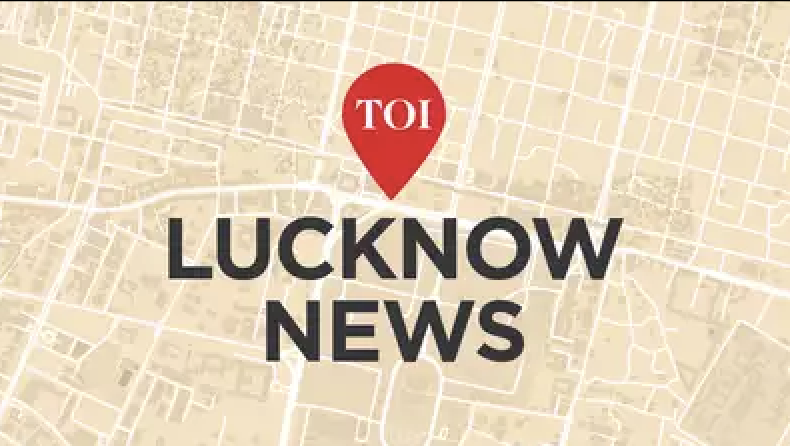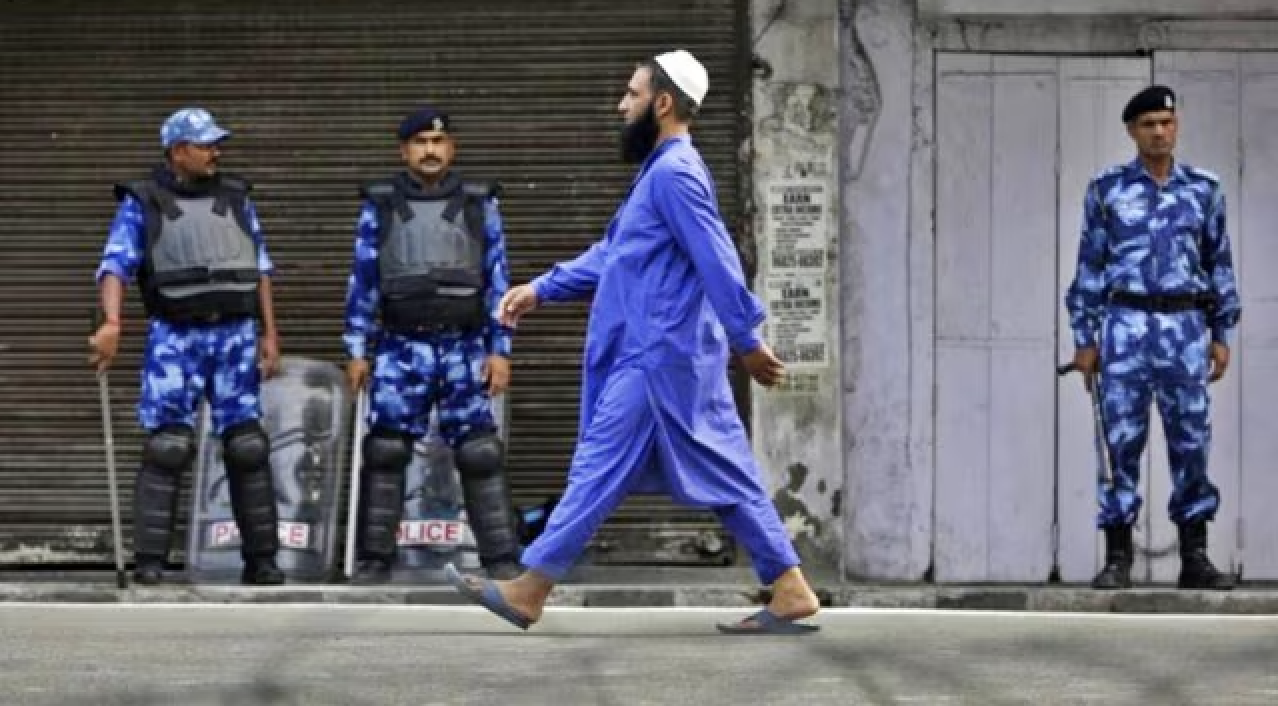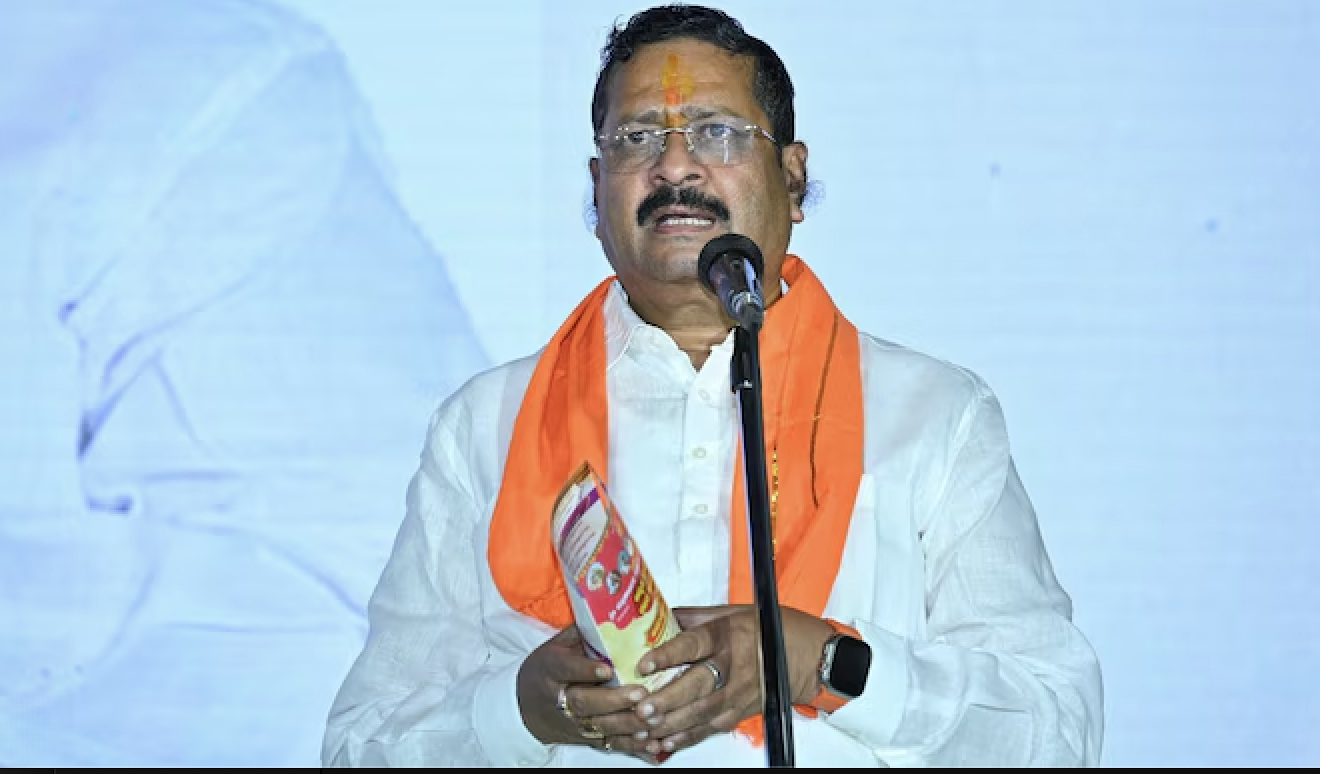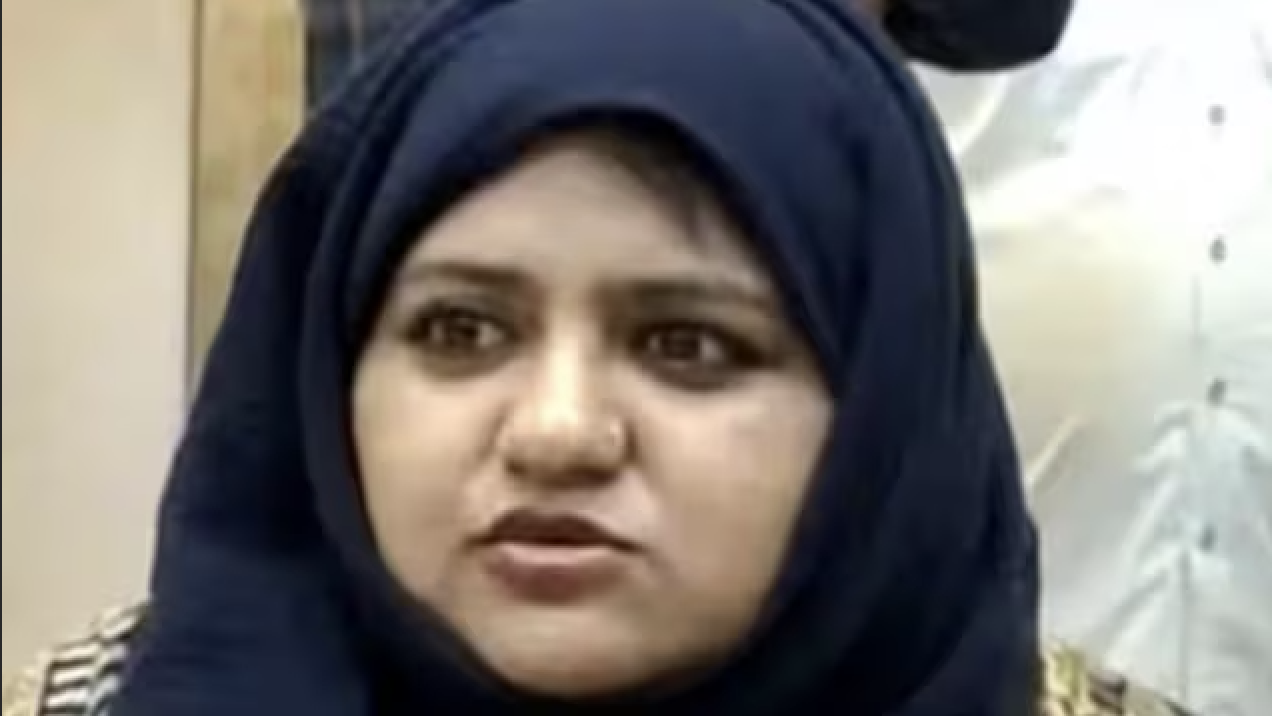
Even before the ‘Pegasus scandal’ broke out, India had been witnessing a serious decline in press freedom as the government’s direct and indirect assaults on mediapersons partially succeeded in creating a climate of self-censorship.
The recent revelation that 40 Indian journalists were targeted with the Pegasus spyware further exposes the vulnerability of the independent media, which function with little to no safeguards. The forensic analysis that Amnesty International’s Security Lab conducted on the phones of seven of the journalists showed traces of a successful infection by Pegasus on five of the phones.
Several journalists associated with The Wire were found to be on the list, including the founding editors Siddharth Varadarajan and M.K. Venu, the diplomatic editor Devirupa Mitra, the contributors Rohini Singh and Swati Chaturvedi and the senior journalist Prem Shankar Jha, who writes on political and security concerns. Rohini Singh’s number appeared on the Pegasus list after she filed stories on the business affairs of Home Minister Amit Shah’s son, Jay Shah, and Nikhil Merchant, a businessman close to Prime Minister Narendra Modi, and while she was investigating the dealings of a prominent Minister in the Modi Cabinet, Piyush Goyal, with the businessman Ajay Piramal.
Several journalists working with mainstream newspapers were also on the list, including Sushant Singh, a former Indian Express journalist who wrote on national security and was investigating the controversial Rafale aircraft deal with France. The other Indian Express journalists on the list were Ritika Chopra, who covers the Election Commission, and Muzamil Jaleel, who covers Kashmir. At least five current and former employees of Hindustan Times were on the list, including the executive editor Shishir Gupta, the former bureau chief Prashant Jha, the defence correspondent Rahul Singh, Aurangazeb Naqshbandi, who covered the Congress and was a reporter in Hindustan Times’ sister paper, Mint. Also on the list were Sandeep Unnithan of India Today, who covers defence and the Indian military; Manoj Gupta of TV18, who is editor, investigations and security affairs; Vijaita Singh, who covers the Home Ministry for The Hindu; J. Gopikrishnan, an investigative reporter with The Pioneer, Sumir Kaul, a Press Trust of India (PTI) reporter; and Shabir Hussain, a Delhi-based political commentator from Kashmir.
Some journalists who had left mainstream organisations also appear in the leaked list as potential targets of the spyware: The national security reporter Saikat Datta, who was the South Asia editor of Asia Times Online when his number was listed, the former Economic & Political Weekly editor Paranjoy Guha Thakurta, who now writes regularly for the media portal Newsclick; the former TV18 anchor and diplomatic reporter at The Tribune Smita Sharma; the former Outlook journalist S.N.M. Abdi; and the former DNA reporter Iftikhar Gilani.
Journalists from outside Delhi were also on the list, including Manoranjana Gupta, who is Frontier TV’s Editor-in-Chief based in the north-eastern region; Sanjay Shyam, based in Bihar; Jaspal Singh Heran, the Editor-in-Chief of the Ludhiana-based Punjabi daily Rozana Pehredar; and the independent journalist Rupesh Kumar Singh, who is based in Jharkhand. In June 2019, the Bihar Police arrested Rupesh Singh and booked him for possession of explosives under the Unlawful Activities (Prevention) Act (UAPA). He was released six months later on bail as the police failed to file a charge sheet within the stipulated time. Deepak Gidwani, also on the list, was a principal correspondent with DNA in Lucknow between 2006 and 2016 but has since quit journalism altogether.
Some Press Clubs have taken strong note of the Pegasus scandal. The Press Club of India tweeted: “This is the first time in the history of this country that all pillars of our democracy—judiciary, parliamentarians, media, executives and ministers—have been spied upon. This is unprecedented and the PCI condemns unequivocally. The snooping has been done for ulterior motives.” The Mumbai Press Club demanded an independent inquiry into the matter, while the Indian Women’s Press Corps condemned the surveillance.
A stifling environment
Even before the Pegasus scandal broke out, India was turning out to be a dangerous place for journalists to work in freely and fearlessly. In 2020, according to “Indian Press Freedom Report 2020”, released by Rights and Risks Analysis Group (RRAG), a Delhi-based think tank, state and non-state actors targeted at least 226 journalists and two media houses, 13 were killed, 37 were arrested or detained and 64 had first information reports (FIRs) registered against them; also,different authorities issued show-cause notices or summons to 13 journalists and one newspaper and 101 journalists were subjected to physical assaults or online threats or their houses and family members were attacked.
Pressure to toe the Hindu nationalist line has increased since April 2019 when theModi-led Bharatiya Janata Party (BJP) government returned for a second term in office. The government partially succeeded in creating a chilling effect or a climate of self-censorship whereby journalists are deterred from doing their jobs by creating in them a fear of repercussions.
During the first tenure of the Modi government, between 2014 and 2019, more than 200 serious attacks on journalists took place, according to a Thakur Family Foundation commissioned study titled “Getting Away With Murder”. Forty journalists were killed in the same period; 21of the deaths were confirmed as relating to their journalistic work. The study noted that, apart from the killing of the editors Gauri Lankesh in Bengaluru and Shujaat Bukhari in Srinagar and the death of Doordarshan cameraperson Achyutananda Sahu in an attack by a Maoist group on security forces in Chhattisgarh, “all other cases of killings… pertain to those working as staffers or stringers for regional language publications, reporting on crime and corruption in the Indian hinterland. At least seven cases pertain to journalists pursuing investigative work on illegal activities, including reports on sand mining, illicit liquor trade, land grab, water mafia etc.”
In 2020, Reporters Sans Frontieres called India “the most” dangerous country in the world for journalists and ranked it 142 on a 180-country World Press Freedom Index. Legal harassment, FIRs, raids, arrests, murders and now targeted surveillance have become the order of the day, with attacks on journalists reaching unprecedented levels.
During the India-European Union summit in May 2021, the Committee to Protect Journalists (CPJ) submitted a letter to the E.U. highlighting the hostile situation under which journalists in India are working and requesting it to urge the Indian government not to interfere with or retaliate against journalists who were doing their jobs. Raising the issue of press freedom, the CPJ called for the release of the journalists Siddique Kappan, Aasif Sultan, Anand Teltumbde and Gautam Navlakha who continue to be behind bars. While Anand Teltumbde and Gautam Navlakha were arrested in connection with the Bhima Koregaon case, Siddique Kappan was detained in October 2020 when he was en route to Hathras in Uttar Pradesh to report on the gang rape and murder of a Dalit girl. According to his colleagues and family, Aasif Sultan, a Kashmiri journalist, was arrested in October 2018 allegedly for a story titled the “Rise of Burhan” that he had written for the magazine Kashmir Narrator. All four have been charged under the stringent UAPA.
Most of the journalists attacked last year, according to the RRAG, were from Uttar Pradesh (37) followed by those from Maharashtra (22), Jammu and Kashmir (18), Delhi (15) and Karnataka (12). These included 12 women journalists who had faced physical violence, online harassment and threats. A number of journalists faced multiple FIRs within a State and in different States, including Vinod Dua, Aakar Patel, Jagat Bains, Om Sharma and Ashwani Saini.
Since the beginning of this year, the International Press Institute (IPI), a global media watchdog, has recorded as many as 18 cases of attacks on journalists, 8 cases of arrests and 20 cases of legal harassment in India. In a letter to United States Secretary of State Antony Blinken, who was visiting India in July, the IPI said that in all these incidents journalists and media organisations were targeted for their criticism of the Central or State governments. In the letter, the IPI highlighted the stifling environment in which the independent media was operating, amidst threats and legal harassment by the government at the Centre and in the States ruled by the BJP. The letter said: “The government of Prime Minister Narendra Modi has displayed complete intolerance of criticism and resorted to legal harassment to punish those journalists and media organisations who are critical of its policies and speak truth to power. Draconian laws like sedition law and the UAPA and the Disaster Management Act have been regularly invoked against several prominent editors and journalists who dared to question government’s policies and actions, especially its response to the COVID-19 pandemic.”
Threats by other means
Apart from filing cases, the government also employs other means of intimidation. In July 2021, the Income Tax Department raided 30 offices and home premises of the owners of Dainik Bhaskar, India’s largest circulating Hindi language daily, and the news channel Bharat Samachar, on allegations of tax evasion. Dainik Bhaskar claimed that the raids were in retaliation for its coverage of the government’s alleged mishandling of the COVID-19 pandemic. In February, the Enforcement Directorate (ED) raided the offices and residences of the directors of Newsclick over allegations of money laundering, and in June, on the eve of the Delhi High Court’s hearing on the matter, officials of the I.T. Department landed up at the portal’s office. There is already a separate money laundering investigation into the portal that the Delhi Police started in August 2020. In an attempt to express how ludicrous the raids were, the senior TV journalist Aunindyo Chakravarty tweeted: “I have been making videos for Newsclick for more than a year now. Used to visit its office every week till COVID came. It is so small that as a visitor I felt I should wash the cup that I was given tea in. Obviously such an organisation must be of great interest to the ED.”
Police officers heckled the Newsclick reporters Sumedha Pal and Mohit Kumar when they were trying to record protests and demolitions in Khori Gaon, Haryana. The police also obstructed and threatened other reporters present at the site: Hrishikesh Sharma of Mojo Story, Naomi Barton of The Wire and the freelance journalists Nikita Jain, Prabhat Kumar and Sumit Yadav.
The Wire and its reporters have multiple FIRs and summons registered against them. In April 2020, the Uttar Pradesh Police lodged a criminal complaint against its editor Siddharth, and last month, the Jammu and Kashmir Police issued a legal notice to Siddharth for two stories. In June 2021, the Uttar Pradesh Police opened a criminal investigation into the portal and the journalists Rana Ayyub (a Washington Post columnist), Saba Naqvi (a freelancer) and Mohammed Zubair (co-founder of the fact-checking website AltNews) for sharing the video of an elderly Muslim man in Ghaziabad being beaten and harassed by Hindu men.
Many journalists were also detained for covering the protests against the Citizenship (Amendment) Act (CAA) and the National Register of Citizens (NRC) or for exposing the failure of the government to manage the pandemic. For instance, in February last year, the police in Hyderabad detained Mubashiruddin Khurram, a journalist with the Urdu daily Siasat, for 15 hours for covering a protest against the CAA/NRC. In February 2020, on the basis of a complaint a BJP functionary filed, Rajabakshi H.V. (the editor of an online news portal) was arrested along with Siraj Bisaralli (a poet) in connection with the recital of a poem against the CAA/NRC at a function in Gangavathi town in Koppal district, Karnataka. The journalist had shared the poem on social media.
In April 2020, Pawan Choudhary (30), a journalist for an online portal, was arrested in Munger, Bihar, on the charges of spreading misinformation about death of a COVID-19 patient and sent to Munger jail. In the same month, Mushtaq Ahmad Ganai (34), working for The Kashmir Observer, was arrested for allegedly violating COVID-19 lockdown rules and detained for two days at the Sumbal police station in Bandipore district, Jammu and Kashmir. Police intercepted his car even though he showed them the necessary documents, including his press card. The Station House Officer allegedly slapped him several times and another policeman accompanying the SHO beat him with a stick. In May 2020, Dhaval Patel, the editor of an online Gujarati news portal, Face of Nation, was booked for sedition and kept behind bars for 15 days for publishing a report on a possible change in leadership in Gujarat as a result of criticisms over the rising number of COVID-19 cases in the State. The Gujarat High Court quashed the charge of sedition only after he filed an unconditional apology “without admission of any guilt”.
The Uttar Pradesh Police arrested the Delhi-based freelancer Prashant Kanojia for his social media posts and Santosh Jaiswal for taking photographs of children mopping a floor in a school in Azamgarh. Tsewang Rigzin, a journalist and the administrator of the Facebook group Ladakh in the Media, was arrested on the basis of a complaint by BJP Member of Parliament Jamyang Tsering Namgyal, who objected to a post on the group on him. Kishorechandra Wangkhem of Manipur was arrested and charged with sedition for a comment on social media.
Apart from the government’s direct assault on the freedom of the press, it has chosen to punish media houses refusing to fall in line by denying them advertisements and starving them of funds. In July 2020, the Land and Development Office under the Union Ministry of Housing and Urban Affairs sent a notice to the PTI asking it to pay over Rs.84 crore as a penalty for allegedly violating the terms under which the news agency was allotted the plot for its Parliament Street headquarters in New Delhi. The government’s notice to the PTI came two weeks after Prasar Bharati, the national broadcaster, threatened to cancel its subscription of the news agency for its “anti-national coverage”. This was a reference to the PTI’s interview with Chinese ambassador Sun Weidong in June 2020 amid the border standoff between India and China.
This story first appeared on frontline.thehindu.com






